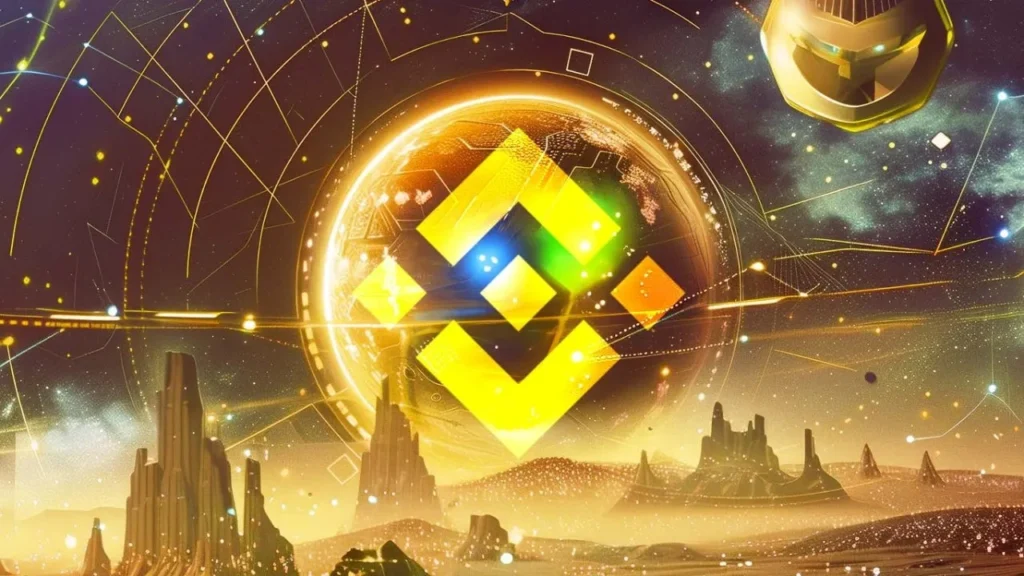Crypto Staking: The Passive Income Trend Fueling a New Wave of Blockchain Adoption
January 24, 2025

By Daniel – Crypto Staking
June 8, 2025
As more retail and institutional investors explore alternatives to traditional savings accounts, crypto staking is emerging as a go-to method for generating passive income. But despite its rising popularity, many are still unclear on what staking actually entails—and what it risks.
In simplest terms, crypto staking allows holders of certain digital currencies to earn rewards by locking their assets into a blockchain network. It’s not new, but as markets mature and Proof of Stake (PoS) systems gain ground, staking is evolving from a niche tactic into a mainstream financial strategy.
What Is Crypto Staking, Exactly?

At its core, crypto staking involves participating in a blockchain’s consensus mechanism. Specifically, networks that use Proof of Stake rely on stakers—individuals who commit their coins to help validate transactions and secure the chain. In exchange, they earn rewards—often in the form of additional tokens.
“It’s like earning interest,” said Alex Novak, a blockchain researcher based in Berlin. “But instead of a bank, you’re trusting a decentralized network. And instead of fiat currency, it’s your crypto that’s doing the work.”
Notably, not all cryptocurrencies support staking. Bitcoin, for instance, uses Proof of Work (PoW), which involves mining rather than staking. Coins like Ethereum (since its transition to PoS), Solana, Cardano, and Polkadot, on the other hand, offer staking options with varying levels of complexity and reward.
Why Crypto Staking Is Gaining Ground

The appeal of crypto staking is fairly straightforward: passive income. Stakers don’t need to trade or time the market—they simply hold coins and let the network do the heavy lifting.
Returns vary depending on the asset and the structure of the staking protocol. Some offer modest annual percentages of 3–5%, while others advertise double-digit yields. However, higher returns often come with increased volatility or risk.
What’s more, staking contributes to network health. “When you stake, you’re not just earning—you’re also helping keep the blockchain secure and decentralized,” Novak added.
Risks and Limitations Still Apply


Despite its upside, crypto staking is not without pitfalls. The most immediate challenge is the “lock-up” period, during which staked coins are inaccessible. This can be problematic during market downturns, when rapid asset liquidation might be needed.
There’s also the issue of price volatility. Rewards may be high in terms of coin count, but if the coin’s market value drops, earnings could be wiped out. Additionally, validators (those responsible for verifying transactions) can face penalties for misbehavior—a process known as slashing, which can reduce or eliminate staking rewards.
Centralized staking platforms, like those offered by major exchanges, also present custodial risks. If the platform is hacked, or mismanages funds, users may be left with little recourse.
How to Start Staking: Options for Every Level


For beginners, centralized exchanges like Coinbase, Binance, and Kraken offer user-friendly staking services that require little technical knowledge. Users simply select an eligible token, opt in to stake, and monitor returns through a dashboard.
For the more technically inclined, running a validator node or joining a staking pool allows for greater control. These methods often require a minimum number of tokens and a consistent internet connection but may yield better returns over time.
“I usually recommend starting with a pool or exchange,” said Clara Mendoza, an independent crypto advisor. “It’s less risky, and you can learn as you go without locking up a huge amount of capital.”
The Bottom Line: Is Crypto Staking Worth It in 2025?
Crypto staking has become a serious option for those seeking yield in the digital asset space. As blockchain networks continue to evolve, and as traditional interest rates fluctuate, staking is likely to remain a core strategy for long-term holders.
Still, experts caution against blind participation. Due diligence is critical—understanding not only the potential rewards but also the technical and financial risks.
“In the end, staking’s not just about making a quick buck,” Mendoza said. “It’s about engaging with the network, and ideally, helping it grow.”
So—is it worth it? For some, absolutely. For others, maybe not. But in the ever-changing world of crypto, staking remains one of the more accessible—and intriguing—ways to put digital assets to work.
Relevant News: Can RWA Be Traded Across Borders? A Practical Guide to Cross-Border RWA

